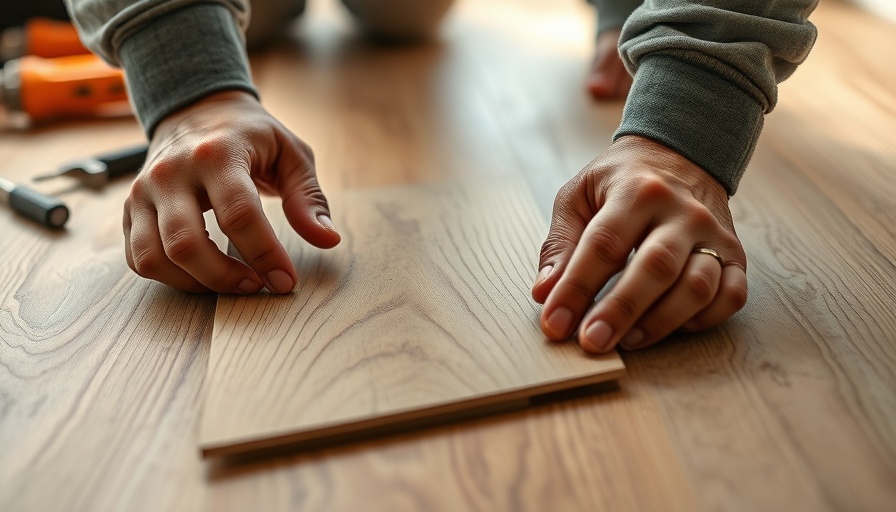
Understanding the Recent Ford Recall: What You Need to Know
Ford Motor Company has recently issued a significant recall affecting over 35,000 of its vehicles, particularly the 2015-2017 Lincoln Navigators. This action follows the identification of a potential fire risk linked to faulty LED light wiring. In an age where vehicle reliability is a top concern for many drivers, it’s crucial to stay informed about your vehicle's safety status. If you own one of the affected models, here’s what you need to know.
What Cars Are Affected?
The recall specifically targets 2015-2017 Lincoln Navigators. According to the National Highway Traffic Safety Administration (NHTSA), a total of 35,328 vehicles may be impacted. Notifications from Ford are expected to reach owners by the end of March. If you think your vehicle might be included, it's prudent to check with your local dealer or contact Ford directly.
Why Are These Cars Being Recalled?
The issue lies within the LED logo lamps found in the exterior mirror assemblies. Reports indicate that these lamps can potentially short circuit, causing an increase in fire risks without triggering any safety alarms. This malfunction is primarily due to inadequate adhesion of the potting material around the wires, allowing moisture to penetrate and lead to corrosion. As homeowners often rely heavily on their vehicles for daily tasks and family trips, understanding this risk is essential.
Steps to Take if Your Vehicle Is Recalled
If your vehicle is on the recall list, Ford dealerships will disconnect the wiring to the problematic LED lamps at no charge. This is a proactive measure aimed at mitigating the risks associated with the short circuiting lamps. Owners who have already incurred costs for similar repairs may also qualify for reimbursement. Keeping receipts for any previous repair work might be beneficial as you navigate this process.
Why Vehicle Safety Matters to Homeowners
As a homeowner, your vehicle is often an extension of your home life—from commuting to work, making grocery runs, to embarking on weekend adventures. Safety in your car directly correlates with your peace of mind. A vehicle that reliably performs allows you to focus on home improvement projects and family moments, not worrying about potential hazards. As we incorporate sustainable practices in our homes, ensuring that our vehicles are equally safe and reliable aligns with our lifestyle choices.
Assessing Broader Safety Trends in the Automotive Industry
This recall is not an isolated incident. It falls in line with a broader trend in the automotive industry where many manufacturers are increasingly scrutinized for safety. Recalls can be daunting, but they also foster a culture of accountability and improvement within the sector. Regular communication with vehicle manufacturers and attentiveness to safety announcements helps consumers to stay informed and proactive.
Final Thoughts: Stay Proactive for Your Vehicle's Safety
As we prioritize various aspects of our lives—home improvements, family activities, and personal health—it's important to remember that vehicle safety should also sit high on our list. Checking recalls and addressing potential issues as they arise is a responsible step for every homeowner and car owner. For more information or to schedule a service appointment, reach out to Ford at 866-436-7332, referencing recall number 25S08.
Take Action Now!
If you own a 2015-2017 Lincoln Navigator, take action now by contacting your local Ford dealer or customer service. Addressing this recall promptly can help ensure the safety of you and your loved ones on the road.
 Add Row
Add Row  Add
Add 




Write A Comment